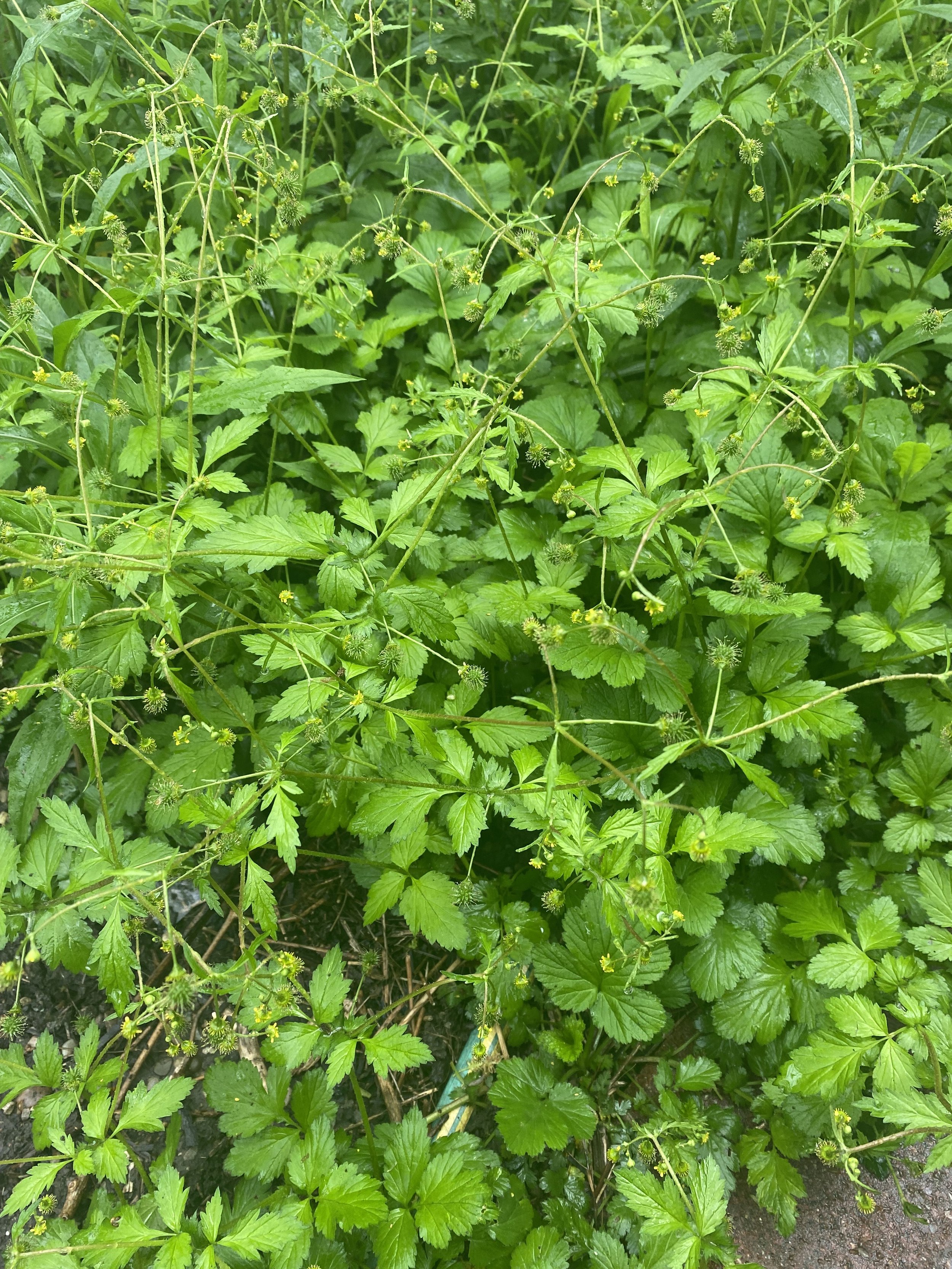Perennial
Seed Germination: 10 day cold stratification + scarification (can be done by rubbing with sandpaper)
Sun: Full - Partial
Water: Medium - Wet
Height: 2-4 ft
Spacing: 2-3 ft
Bloom: May - June
Deer-resistant
Loved by pollinators and birds
Nitrogen fixer
Improves soil quality
Important early food source for bees in spring
Compared to foreign plants, native plants:
Require less maintenance
Use less water
Are more beneficial to native wildlife
Sequester more atmospheric carbon (that means they help fight climate change!)
Native range of Baptisia australis
All of our seeds are sustainably harvested from plants that have never been treated with pesticides or other harmful synthetic chemicals!
The Blue Wild Indigo in the photos are the plants who made these seeds



















































